Fed Holds Rates Steady, Signals Possible Cuts Ahead
On June 12, the Federal Reserve voted unanimously to keep the federal funds rate at its current target range of 5.25% to 5.50%—the highest level in over two decades. However, in a slight pivot, the Fed’s latest dot plot indicated a potential single rate cut before the end of 2025, a shift from the two cuts previously forecast in March.
Fed Chair Jerome Powell cited encouraging signs that inflation is “moving sustainably toward 2%,” but emphasized the need for continued caution. “We’re not there yet,” Powell stated. “But the data is trending in the right direction.”
This sets the stage for lower borrowing costs later in the year, which could offer relief to credit card holders, mortgage seekers, and small business owners.
Inflation Eases in May, Slowing to 2.6% Annually
According to the U.S. Bureau of Labor Statistics, the Consumer Price Index (CPI) rose 2.6% year-over-year in May—down from 3.2% in April and the lowest since March 2021. Core inflation, which excludes volatile food and energy prices, also decelerated to 3.3%, bringing renewed optimism among economists and consumers alike.
The most notable price drops were in used vehicles (down 4.1%) and energy (down 3.8%), while housing and groceries continued to see moderate gains. “The downward trajectory in inflation suggests the Fed’s tightening cycle is finally having the desired impact,” said Diane Swonk, chief economist at KPMG.
Personal Finance Trends Show Increased Saving, Slower Spending
While inflation is easing, consumer behavior is changing. A new Bank of America report shows that average monthly credit card spending per customer fell 5.4% in May, while national savings rates hit a 14-month high of 5.2%, according to the Bureau of Economic Analysis.
This reflects a growing shift toward financial prudence. “People are being more cautious,” said Greg McBride, Chief Financial Analyst at Bankrate. “There’s less impulse buying and more budgeting, especially among millennials and Gen Z.”
Top personal finance app Mint reported a 31% increase in user engagement for budgeting and savings goal tracking features in May versus the prior quarter. This further points to Americans tightening their belts as economic uncertainty lingers.
Retail & Consumer Spending Moderate; Discount Brands Lead Gains
Spending at U.S. retailers rose a modest 0.3% in May, below analyst expectations of 0.5%, as elevated interest rates continue to weigh on consumer demand. Notably, discount chains such as Dollar General (+5.6%) and Aldi (+3.9%) outperformed malls and department stores, whose sales declined 1.2% month-over-month.
Online sales rose 1.7%—largely driven by deep digital promotions and revamped advertising strategies. Consumers are becoming savvier, turning to budget options and delayed gratification. “It’s a low-flush retail climate,” said retail analyst Dana Telsey. “Households are prioritizing essentials and value.”
What It Means for Your Wallet
The combination of decelerating inflation, steady (but high) interest rates, and cautious consumer behavior paints a picture of a U.S. economy entering a new financial phase—one driven by restraint and recalibration. For everyday Americans, this may mean:
- Better odds of rate cuts: Later in the year, consumers may benefit from lower auto loan and mortgage rates.
- Stronger savings game: With increased focus on budgeting and debt reduction, households could build financial resilience against future shocks.
- More buying power: Slower inflation means household dollars go a bit further—especially in categories like gas and used cars.
As the economy gradually normalizes, experts caution that a measured approach to spending and investing remains crucial. “This is a period of recalibration, not relaxation,” Swonk concluded. “Consumers and policymakers alike would do well to stay vigilant.”



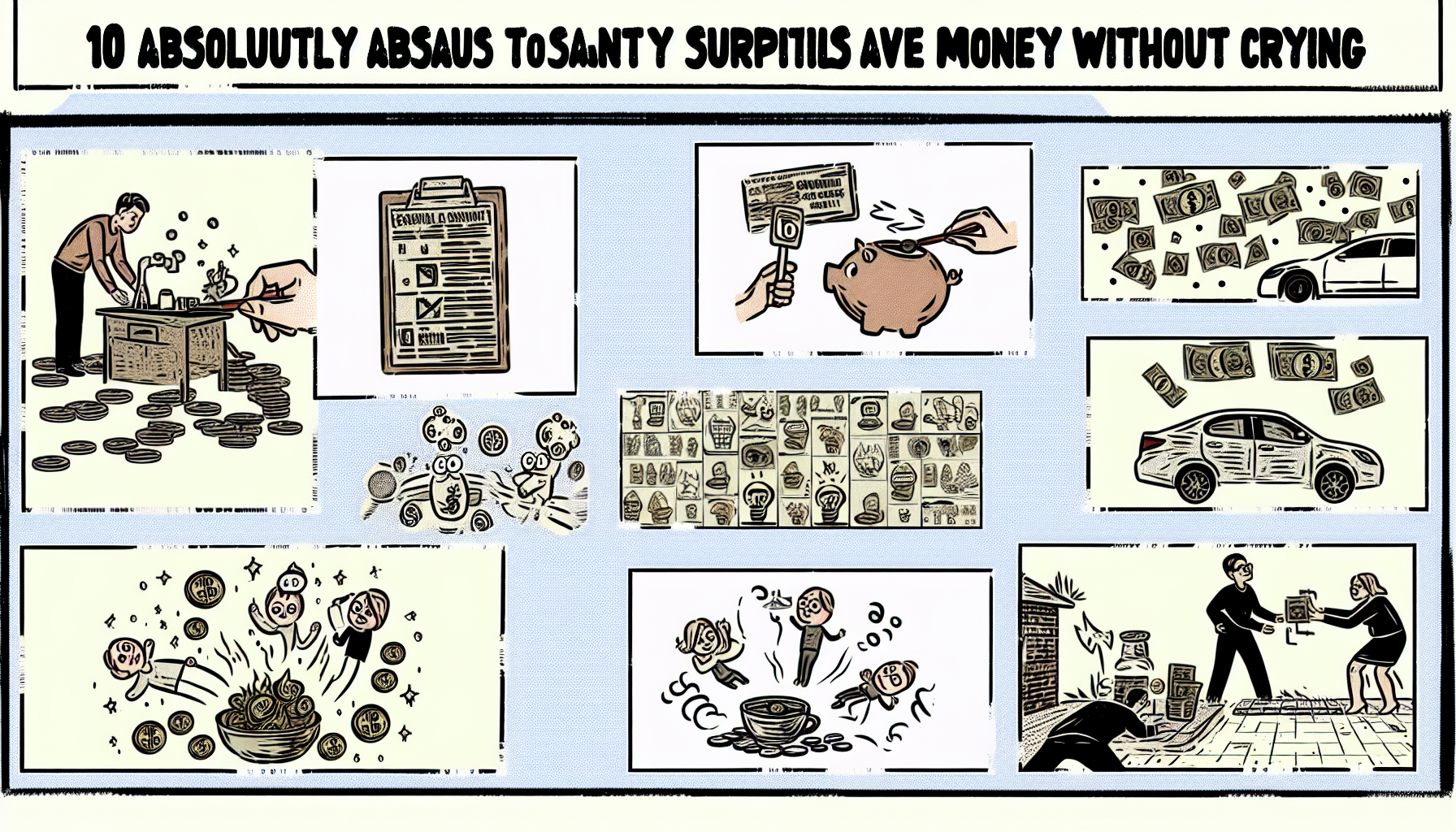





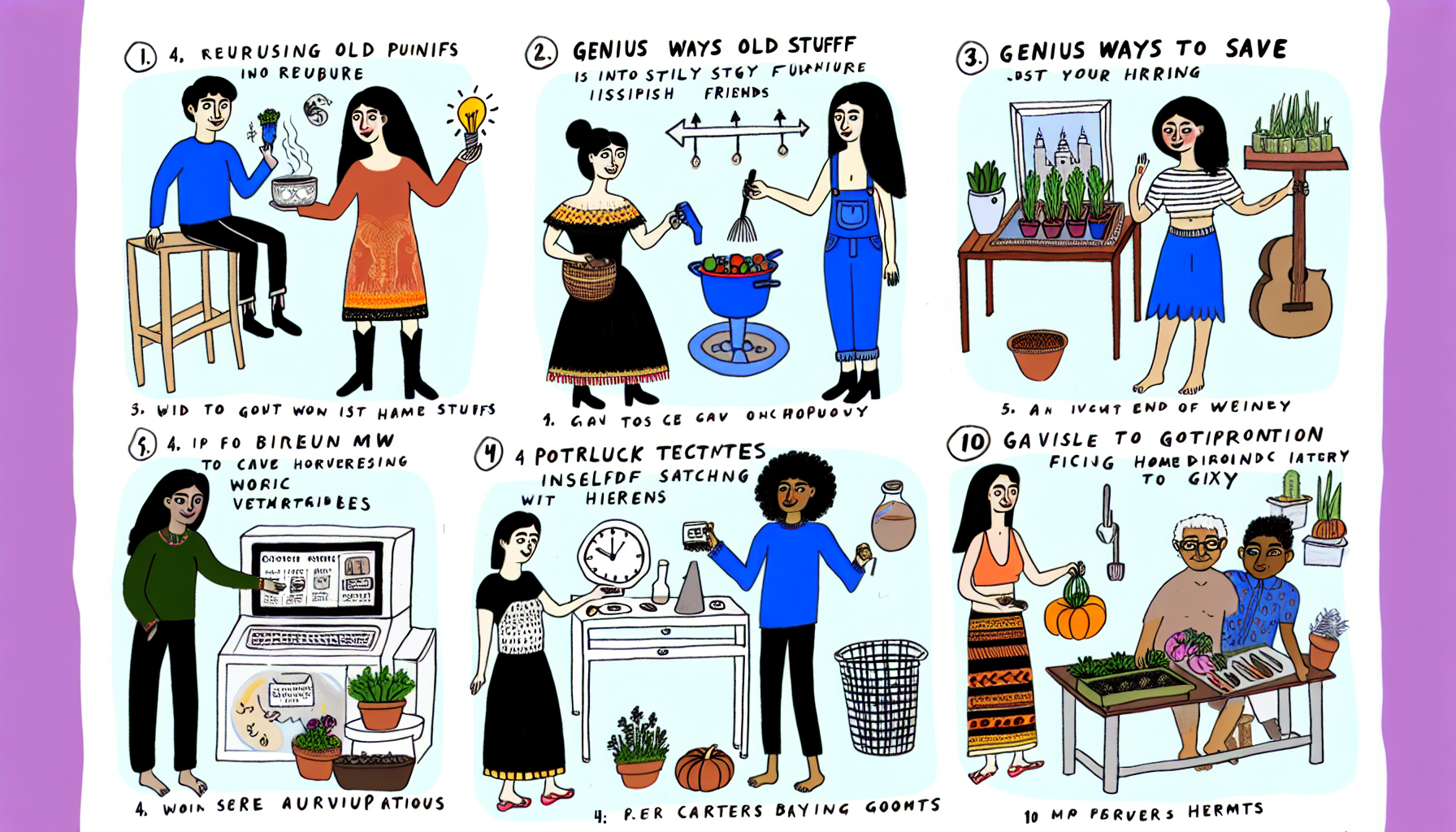
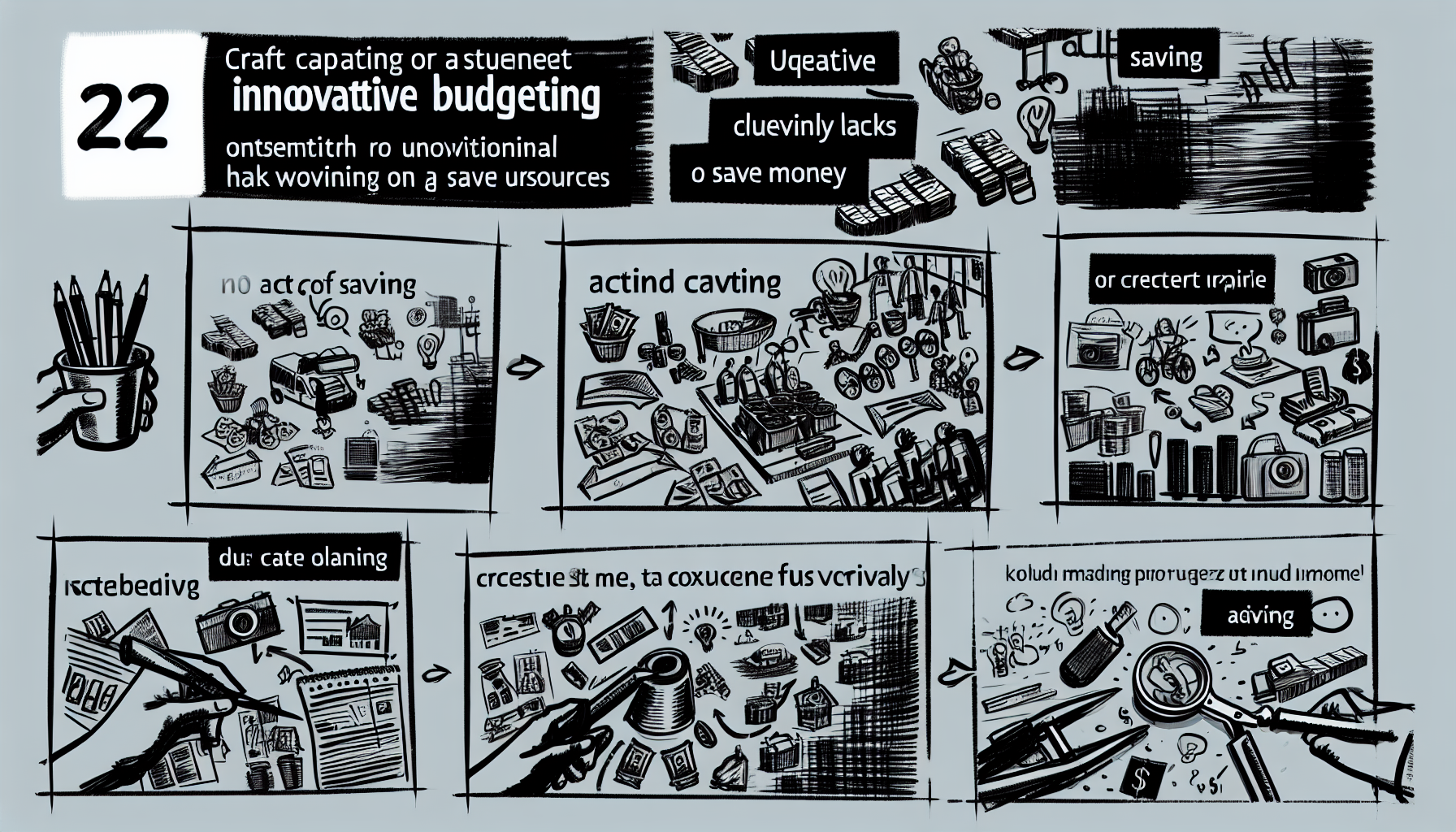
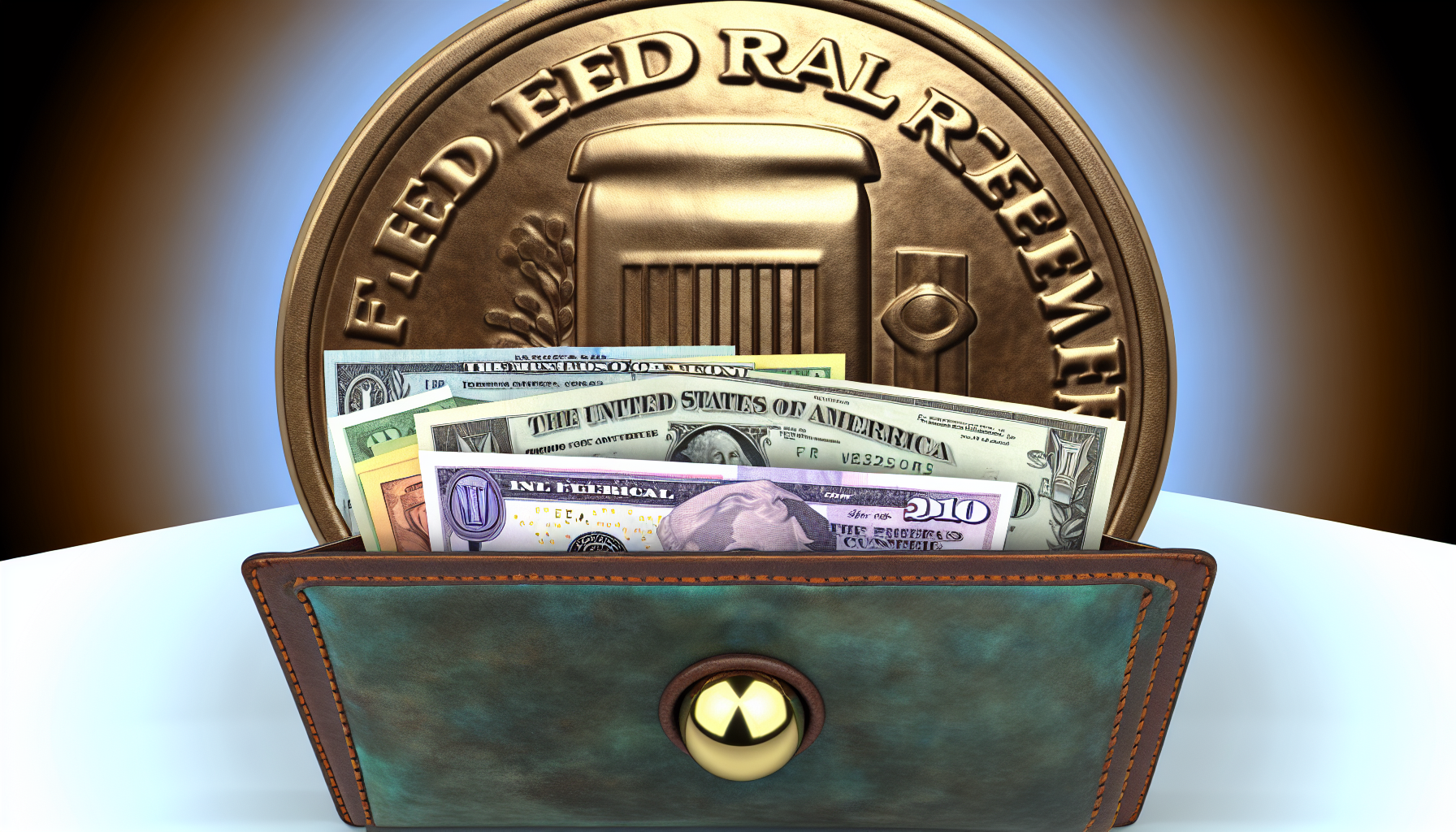



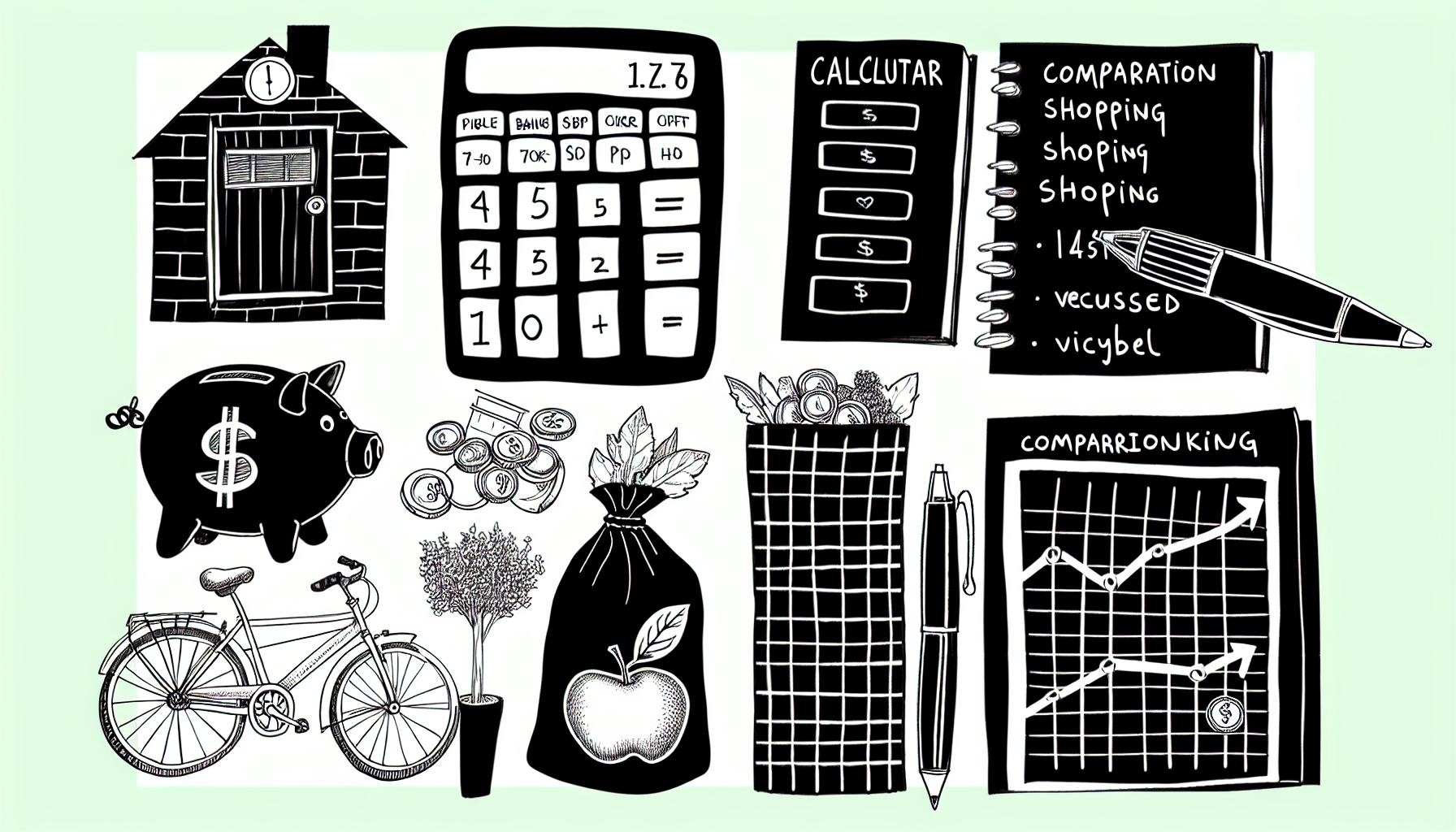





Leave a Reply